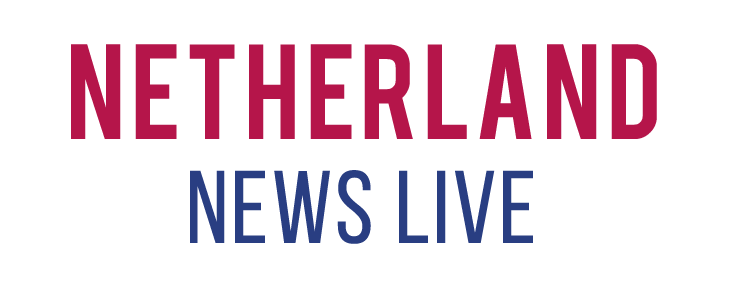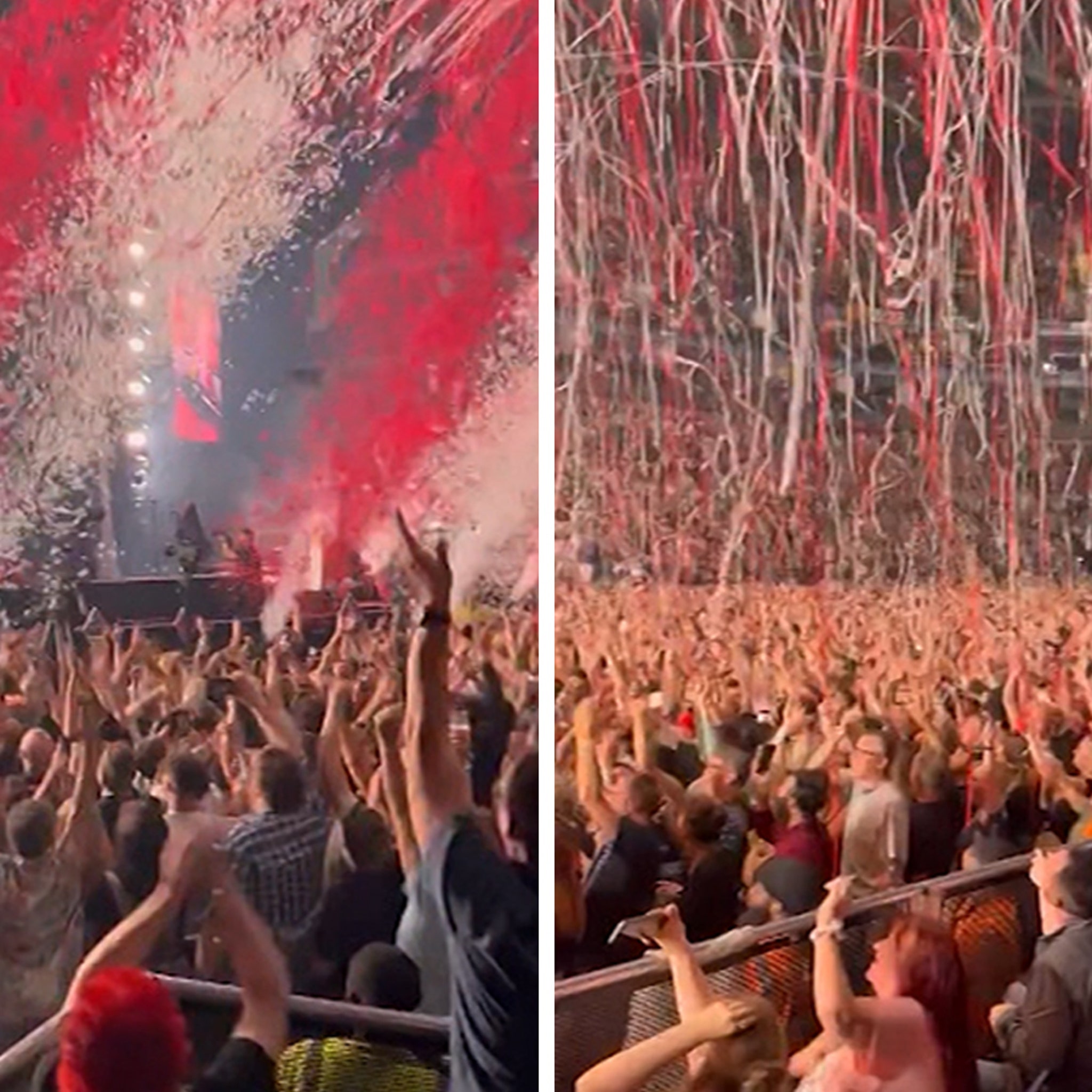Three common 3D modeling mistakes and how to avoid them
Looking at a 3D printer gradually creating layers may seem like 3D printing is easy. However, make no mistake about the seeming simplicity of the workflow, because it is not. 3d visualization services is a complex task, and there are so many things to take care of before letting the 3D printer get to work.
3D printing can help you realise many ideas in the shortest possible time. However, even a small mistake can stretch the process virtually to infinity…
Mistakes are part of every new human hobby or professional activity. However, attention to detail and theoretical training definitely help to correct these mistakes as early as possible. In the world of 3D printing, it’s the same as in other fields – with the right guidance and adherence to best practice, it is certainly possible to find solutions to all the problems that exist. And you can even avoid the ones that can create problems if not considered beforehand.
Choosing the wrong material for 3D printing
This is a very common mistake. Many beginners or even experienced 3d modeling company cannot decide on the material that is best suited to their task. This is due to a lack of proper material guides and the user’s reluctance to learn more about the various things involved in 3D printing.
If you are planning to 3D print, you need to know all the materials your 3D printer can work with. And only after that should you find the one that is suitable for your particular 3D model. Materials are of utmost importance in the world of 3D printing. They bring with them their own unique properties and theirs to your models. From physical to mechanical properties, your 3D model takes most of its properties precisely from the material you print with.
Consequently, finding the most suitable material should be the top priority when 3D printing. The result of 3D printing will largely depend on the material you choose.
Don’t forget the wall thickness of the 3D model
Wall thickness is defined as the distance between the two surfaces of the model: the front and the opposite. When considering wall thickness, it is necessary to calculate the minimum wall thickness that will be able to properly hold the model.
The wall thickness depends on various factors. All of them must be taken into account to reach a final conclusion. Starting with alignment, size and the overall design. These factors allow you to determine the correct wall thickness for the 3D model.
Believe me, wall thickness can make all the difference. You might think that as the wall thickness increases, the strength will increase. But that’s not true. Determining the minimum wall thickness to support your model is the key to successful 3D printing. It’s worth doing a bit of work, finding guides online, reading up on how to choose the wall thickness and then setting it in your 3D files and it will potentially provide you with far fewer problems during 3D printing.
The wrong 3D printing process
In many fields we often choose the most affordable or popular option. But it’s worth pointing out that this approach should not be used in 3D printing.
A detailed understanding of each of these processes will help you find out why they are recommended for different applications. In addition, the resolution and properties of the 3D model are altered by the different methods of 3D printing. Not sure which option to choose? When deciding on the right process, you should think about the properties of the model, its application and general use. The choice of material will also help you decide which process to use. There are other factors that will determine the choice of process optimally. Such as the functionality of the model, the appearance or its production capabilities.
Before buying a 3D printer it is definitely worth investigating all the options.
Every 3D printer has its own technical capabilities. When you buy a 3D printer, you get a list of specifications by which the overall performance of the machine is judged.
Your 3D printer allows for a low resolution setting and if you set it to the minimum level, this will speed up the 3D printing process, but the quality of the finished product will be poor and additional post-processing of the 3D model will be required. Not only that, but many of the fine details in the model may simply not print. Keep that in mind.
On the other hand, if the resolution is too high, the printer may not print the model at all. For best results, before exporting the 3D file to the 3D printer you should select a 0.01 mm tolerance for the STL file settings.




